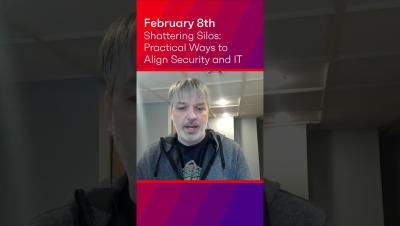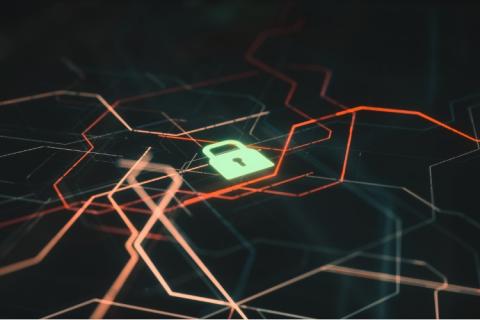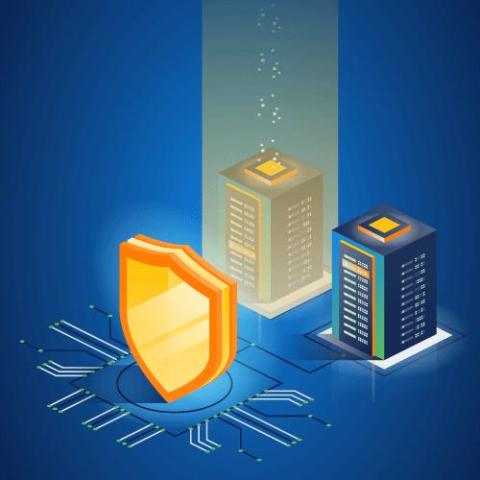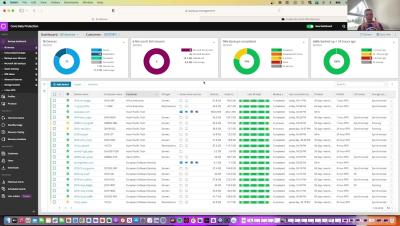Operations | Monitoring | ITSM | DevOps | Cloud
Security
The latest News and Information on CyberSecurity for Applications, Services and Infrastructure, and related technologies.
Enhancing Corporate IT Security with Advanced Endpoint Solutions
Does Anonymous Web Hosting Really Make You Anonymous?
6 Tips for Promoting Safety on the Job
Understanding ISO27001 Security - and why DevOps teams choose Kosli
Modern software delivery teams find themselves under constant pressure to maintain security and compliance without slowing down the speed of development. This usually means that they have to find a way of using automation to ensure robust governance processes that can adapt to evolving cyber threats and new regulatory requirements.
A Guide to Continuous Security Monitoring Tools for DevOps
DevOps has accelerated the delivery of software, but it has also made it more difficult to stay on top of compliance issues and security threats. When applications, environments and infrastructure are constantly changing it becomes increasingly difficult to maintain a handle on compliance and security. For fast-moving teams, real time security monitoring has become essential for quickly identifying risky changes so they can be remediated before they result in security failure.
How We Leveraged the Honeycomb Network Agent for Kubernetes to Remediate Our IMDS Security Finding
Picture this: It’s 2 p.m. and you’re sipping on coffee, happily chugging away at your daily routine work. The security team shoots you a message saying the latest pentest or security scan found an issue that needs quick remediation. On the surface, that’s not a problem and can be considered somewhat routine, given the pace of new CVEs coming out. But what if you look at your tooling and find it lacking when you start remediating the issue?
Cybersecurity & Compliance: What the Board needs to know and needs to ask
Vigilance and awareness are critical for compliance and cybersecurity maturity. If board members are not familiar with the key indicators of success for maintaining a resilient business and meeting compliance requirements, they are not fulfilling all their responsibilities. Board members need to understand the principles of their duties to alleviate potential exposure to cyber risk and other outage causing events that could harm the organization’s revenue, and reputation.
Navigating AI in SOC
With notable advancements in Artificial Intelligence (AI) within cybersecurity, the prospect of a fully automated Security Operations Center (SOC) driven by AI is no longer a distant notion. This paradigm shift not only promises accelerated incident response times and a limited blast radius but also transforms the perception of cybersecurity from a deterrent to that of an innovation enabler.











